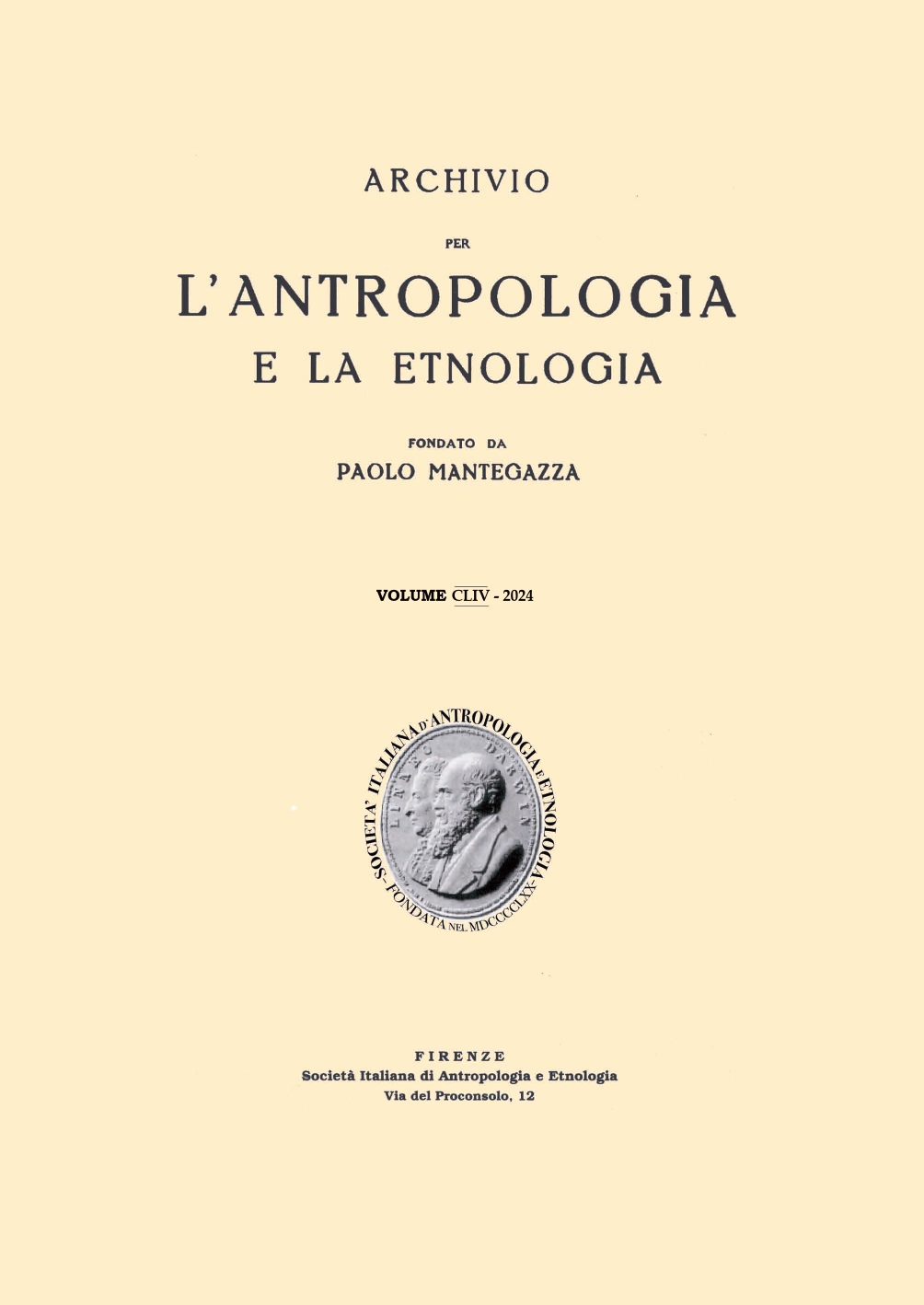Analisi di resti scheletrici umani da siti risalenti al tardo Neolitico e all'età del Rame della provincia di Bergamo

Published 2024-11-19
Keywords
- bioarchaeology,
- funerary rites,
- semicombustion,
- Northern Italy,
- aDNA
How to Cite
Copyright (c) 2024 Laura Bonfanti, Domenico Lo Vetro, †Raffaella Poggiani Keller, Margherita Vanni, Stefania Vai, David Caramelli, Jacopo Moggi Cecchi

This work is licensed under a Creative Commons Attribution 4.0 International License.
Abstract
Human osteological remains from Late Neolithic and Copper Age sites in the province of Bergamo were examined and reviewed. These derive from caves in the municipalities of Zogno (Buca del Tabàc, Grotta Pussù, Buca del Paier), Entratico (Buca del Corno) and from rock shelters in the municipality of Castione della Presolana (Val Merci - Prat de la Furca). A picture of funerary rites diversified into secondary caves deposition, with high minimum number of individuals and evidence of semi-combustion of human and animal remains, and primary deposition under shelters, including a double inhumation, was defined. Information was obtained on age, sex, pathologies and occurrence of enthesis. Where possible stature and body mass were estimated. Noteworthy in morphological analysis is the evidence of the use of teeth as a «third limb» and the presence of a distinctive wear band on two upper incisors. Both hunted and human-bred species were identified among the animal remains.
